Wake up, Latin America, it was never your leaders who drove growth
Latin America watchers are understandably dizzy. Just a little more than a year ago, the region was the darling of the economic press, which described it as the future engine of the world’s economy. As developed countries muddled through after the 2008 world crisis, the bloc maintained strong growth—attributed solely to the solid Latin American economic policies. Of course, nobody could pinpoint exactly those policies were. The evidence was confusing. Country’s policies differed from each other, in some cases radically, as in the cases of Chile and Brazil, Bolivia and Peru, and Colombia and Argentina. Yet, there was a consensus that the developed countries should copy this unidentifiable but marvelous economic policy.
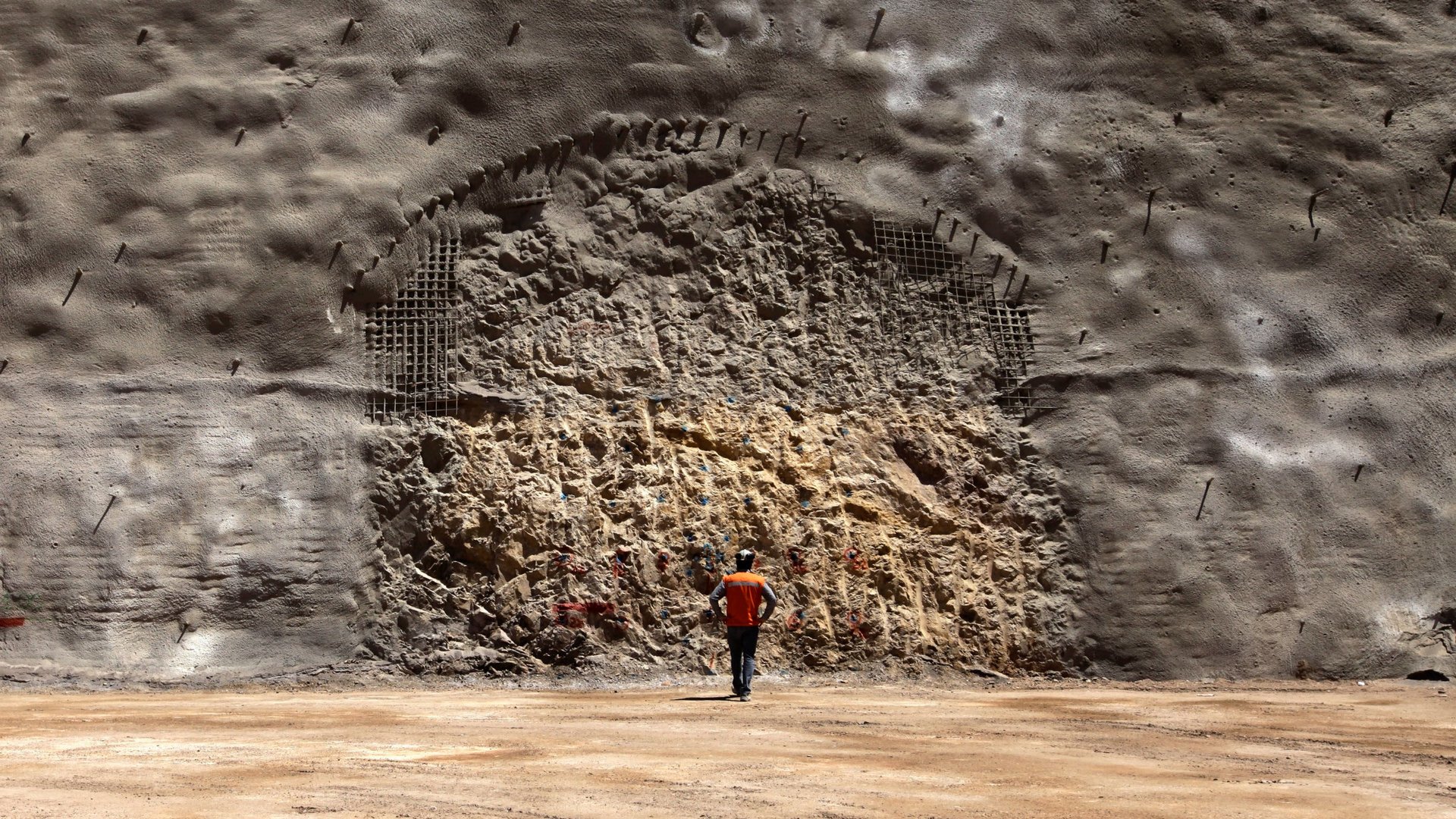

Latin America watchers are understandably dizzy. Just a little more than a year ago, the region was the darling of the economic press, which described it as the future engine of the world’s economy. As developed countries muddled through after the 2008 world crisis, the bloc maintained strong growth—attributed solely to the solid Latin American economic policies. Of course, nobody could pinpoint exactly those policies were. The evidence was confusing. Country’s policies differed from each other, in some cases radically, as in the cases of Chile and Brazil, Bolivia and Peru, and Colombia and Argentina. Yet, there was a consensus that the developed countries should copy this unidentifiable but marvelous economic policy.
Suddenly, while you were looking the other way just to check if the developed countries were copying this marvel, the environment changed radically. You found that Brazil, which until last year was protesting that it was receiving too much dollars, is now sweating because it is not receiving enough of them. With the currency depreciating, inflation going up and government debt increasing, Standard &Poor’s cut its credit rating outlook from stable to negative. Now, you’re discovering that industrial production and exports are declining. The Argentine peso and the Peruvian Nuevo Sol, which were being pushed up by huge dollar inflows, are now depreciating as those inflows dwindle. Basic products such as food and toilet paper have become acutely scarce in Venezuela.
All this is happening while the basic logic of the economic policies of each of these countries has not changed. What is happening? Do the same policies sometimes lead to growth and sometimes to decline?
No. The answer is simpler than that. The great boom of the 2000s and the decline of the 2010s have not been caused by superior or inferior economic policies, but by one single variable, which is not under the control of the Latin American countries: the prices of commodities.
Commodities represent most of the region’s exports and, if you had only one variable to predict Latin America’s GDP, that would be the prices of commodities. Figure 1 shows that when the real price of commodities (that is, the price of commodities divided by the price of all things) goes up, real GDP goes up as well, and vice versa. During the 2000s, these prices went up and the economies did well; now they are going down and the economies are doing bad.
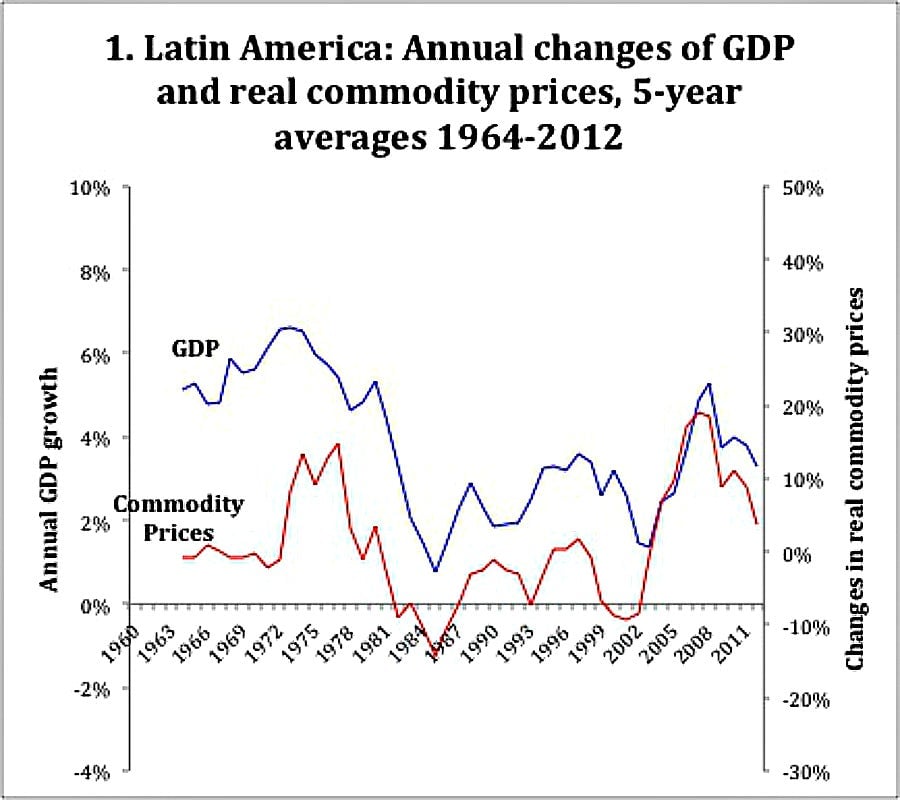
SOURCE OF BASIC DATA: International Financial Statistics, IMF and World Databank, World Bank.
The figure shows that the relationship between commodity prices and growth has hold during the last 50 years. However, the graph could be much larger because the relationship comes from the colonial times. Since then, for all the talk about the impact of this economic policy or the effect of that charismatic leader, the economic reality of Latin America has not changed: its economic performance has kept on depending on exports, and most of its exports are commodities.
Figure 1 shows five-year averages to smooth out the curves. Figure 2 shows how the relationship holds when yearly figures are used. So much for that marvelous economic model.
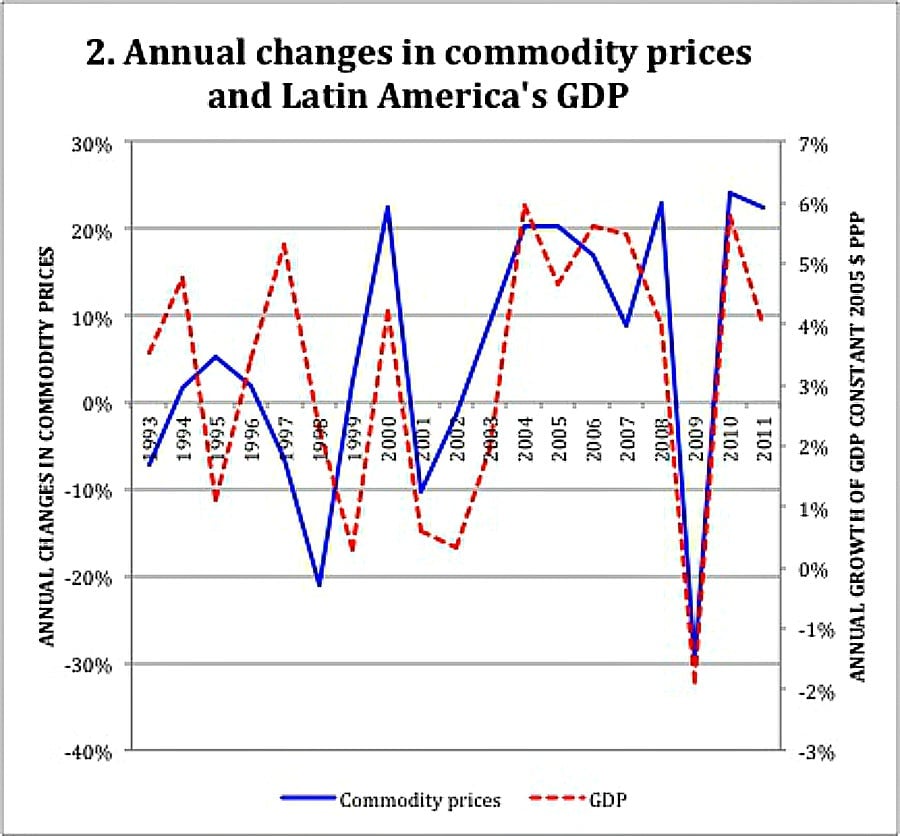
SOURCE OF BASIC DATA: International Financial Statistics, IMF and World Databank, World Bank.
But, then, you would say, “this surely did not happen in Brazil, where the high growth rates of the 2000s were the result of the much famed president Lula’s fantastic economic policies.” Then look at Figure 3, which shows how Brazil’s rate of growth has gone up and down according to the rate of change of commodity prices. Luiz Inácio Lula da Silva was lucky to have become president in January 2003, when real commodity prices, and therefore real GDP, were going up. He was also lucky that these prices bounced back after going down sharply in 2009, leading Brazil’s GDP growth rate first to a trough and then to a peak.
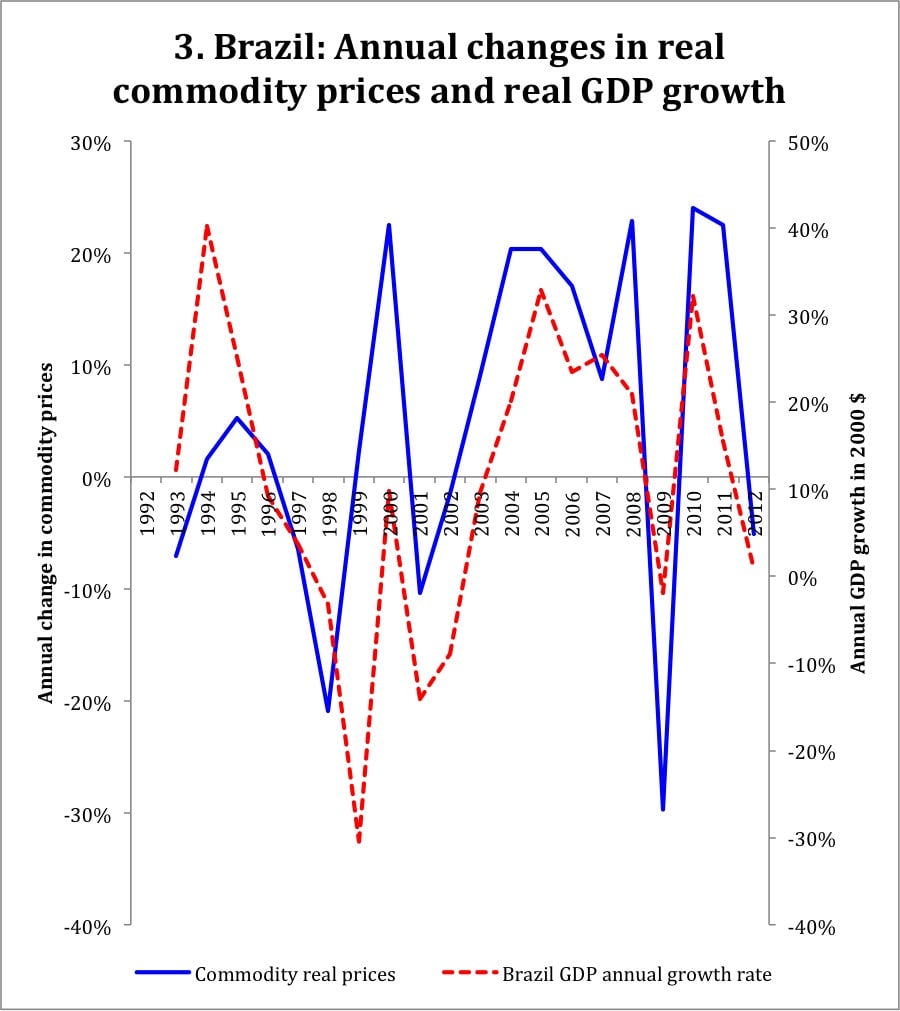
SOURCE OF BASIC DATA: International Financial Statistics, IMF and World Databank, World Bank.
Surely, you would say, Chile is an exception. Judge by yourself by looking at Figure 4. Chile depends not on commodities in general but on copper in particular.
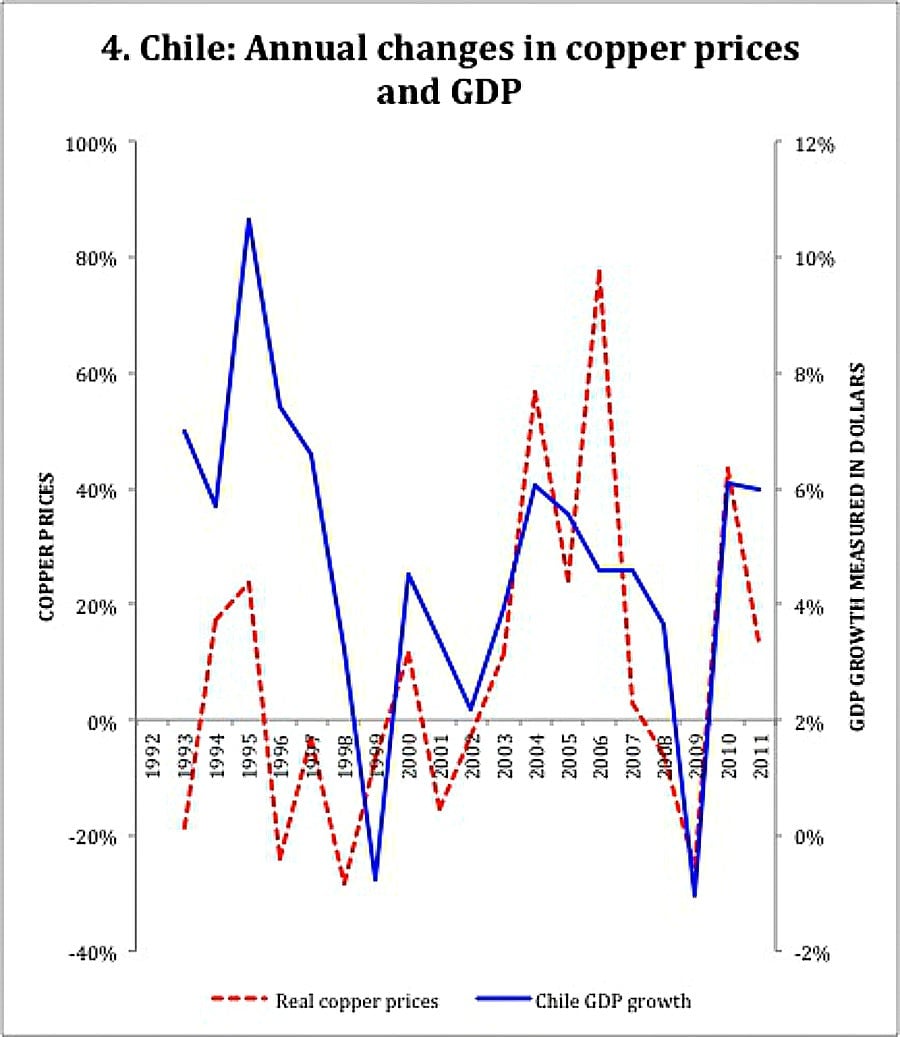
SOURCE OF BASIC DATA: International Financial Statistics, IMF and World Databank, World Bank.
These graphs show why you should not be surprised when seeing that Latin America is going down after having gone up at record rates for almost 10 years. What has changed is not policies, but the variable that traditionally determines the region’s rate of growth: the prices of commodities. The graphs also show the superficiality of common economic commentary. The relationship between commodity prices and GDP growth in Latin America has been known for centuries. Yet, for almost a decade the mainstream press commentaries ignored the evidence and attributed the Latin American boom to superior economic policies, when it was clear that it was caused by the old, reliable predictors of growth in Latin America: commodity prices.
A caveat is in order. This does not mean that the quality of economic policies is irrelevant. Really bad economic policies can survive in fair weather but when the climate changes they can turn flu into pneumonia. The economic policies of many Latin American countries are bad. They did not lead countries into disasters just because the commodities boom was too strong. Argentina, Brazil, Bolivia, Ecuador, Nicaragua, and Venezuela must beware. As the commodities boom recedes, serious crises loom—which will only get worse if these countries try to keep the farce of a party going. The boom is over.